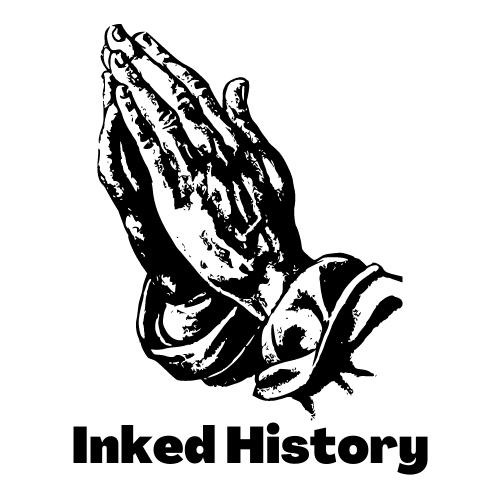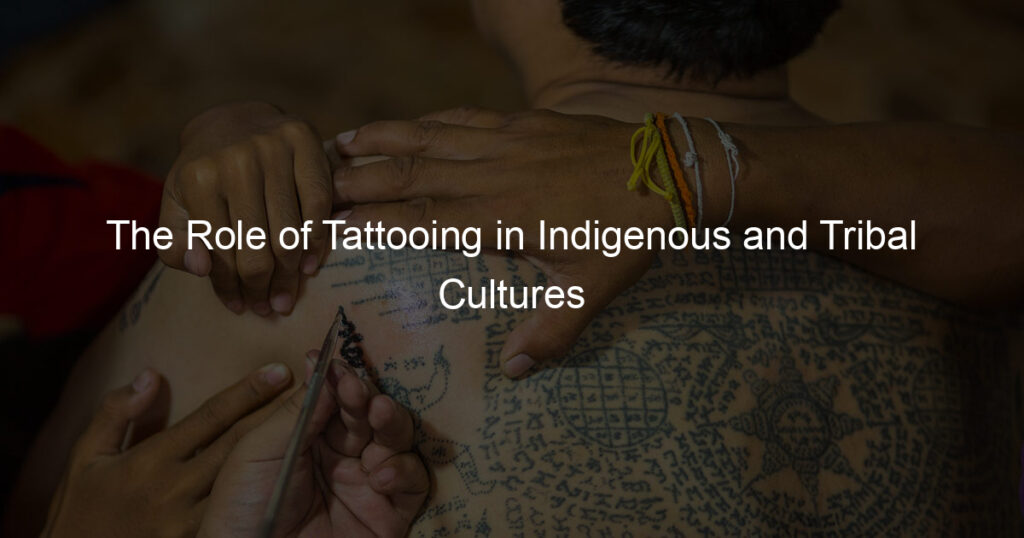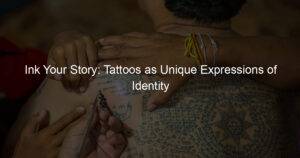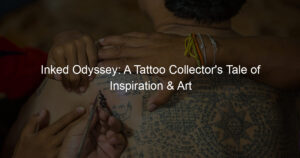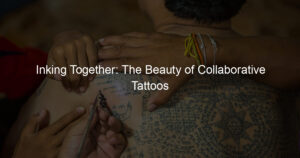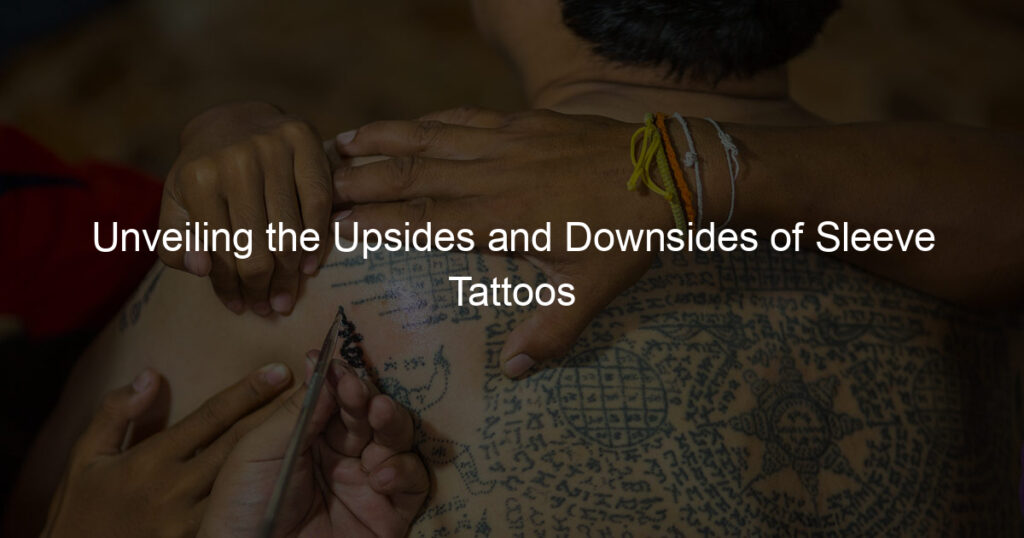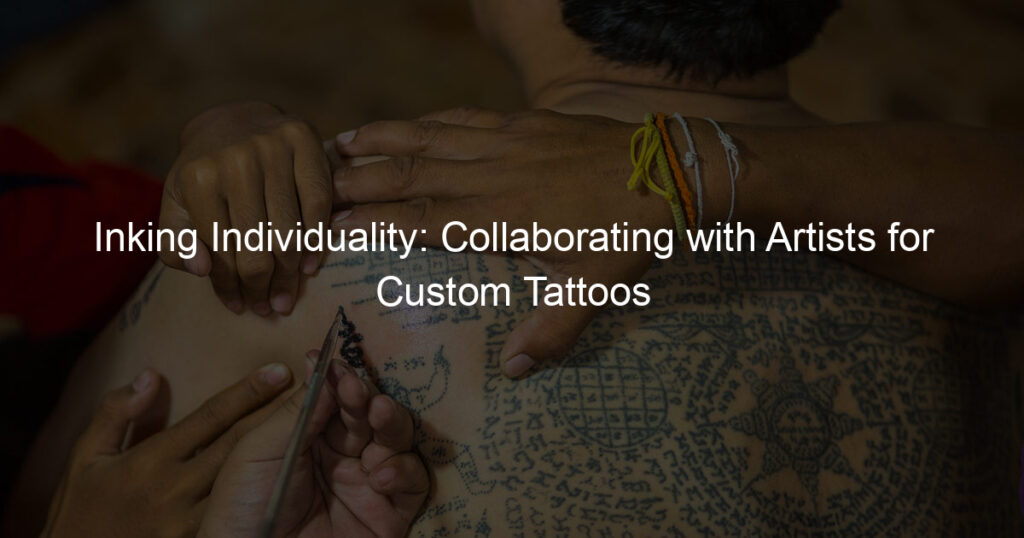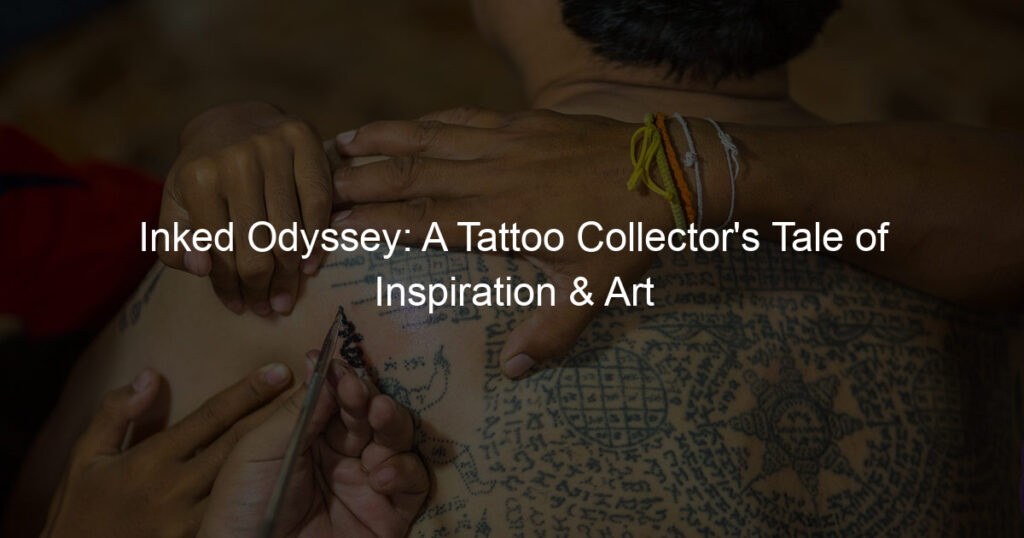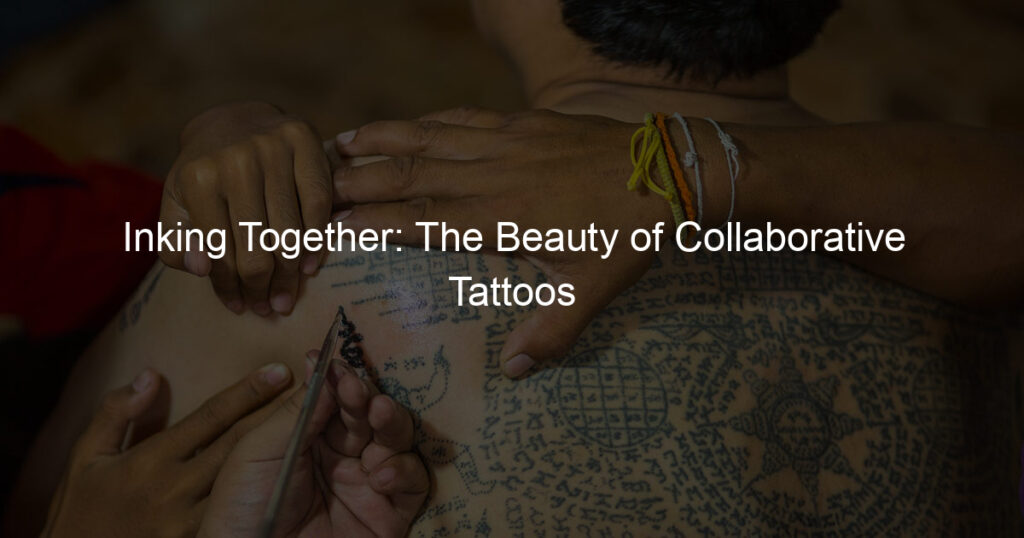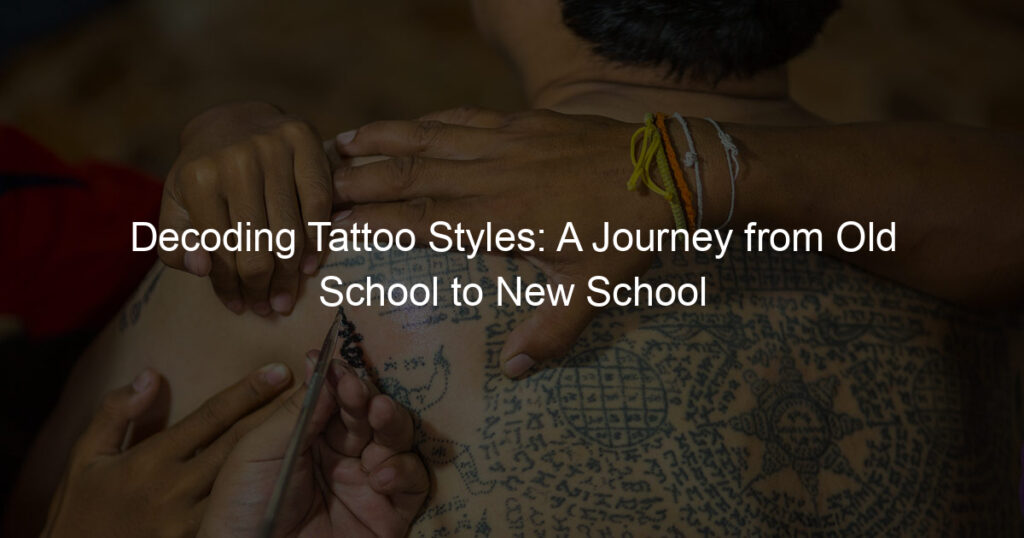Indigenous and tribal cultures have long used tattoos as a way to mark important milestones and transitions in life. For example, some tribes would tattoo their young men when they reached adulthood, as a way of signifying their new status and responsibilities. In many cultures, women were also heavily tattooed, often with designs that had special meaning or indicated their marital status.
Today, the tradition of indigenous tattooing continues in many parts of the world. And while the meanings and symbolism attached to tattoos may have changed over time, they still play an important role in the lives of many people.
What do tattoos mean in indigenous culture?
Tattoos are not only a popular form of body art in contemporary culture. Gaining newfound popularity, tattoos have been around for centuries as meaning markers in Indigenous cultures around the world. From permanent symbols on the face to handprints or dots on the skin that tell stories or signify status within a tribe, tribal tattoos are still being used by some indigenous people today to represent their past and honor their cultural beliefs.
Although each society has different ways of giving and receiving tattoos, many variations emphasize identity, rebirthing rituals, and spiritual connection with the land in addition to gods and ancestors. By getting these tattoos, indigenous people demonstrate an allegiance to their cultural roots that will forever shape them.
What did indigenous people use for tattoos?
For thousands of years, indigenous people around the world have used a variety of materials and techniques to create body tattoos. Many cultures relied on ash, charcoal, and soot mixed with water or sweat as a pigment. In some cases, this mixture was also mixed with animal fat to keep the design in place longer. In some instances, natural dyes were harvested from plants like pokeweed and tossed over asphalt to leave an imprint on the skin.
Other tribes made their ink from mineral pigments such as malachite or red ochre. And yet other methods included pricking the skin with thorns or pressing soot-covered sewn belts onto the skin for certain intricate designs. As complicated as these techniques sound, it’s incredible that ancient tribes were able to achieve such high-quality tattoos using nothing more than natural resources available in their surrounding environment.
What is the cultural significance of tattooing?
Tattooing has been around for centuries, and its cultural significance is clear. While the practice may have started to mark a person’s social status or accomplishments, it has since grown into an art form that captures people’s thoughts and feelings. From traditional Maori moko designs to modern-day random tattoos, every artwork often tells stories of belonging and identity.
Tattooing also serves as a meaningful conversation piece between artist and client; in many cases, it may immortalize a person’s story of life or journey. Regardless of what it symbolizes, tattooing has become a way for people to express themselves and remember moments that are important to them.
What does a tribal tattoo symbolize?
Tribal tattoos have been a source of inspiration for many people since ancient times. They are symbols of protection, character, journeys, and success in life. For some, they can represent values such as courage and strength; for others, they could represent nature or spiritual connections.
No matter the symbolism behind the ink, tribal tattoos speak deeply to those who bear them and make them feel empowered by the designs that adorn their skin. Whether it is an intricate design with complex shapes and strokes or a collection of scattered dots, tribal tattoos offer a powerful way of expressing oneself which is why they continue to inspire us today.
What is tribal marking and tattooing?
Tribal marking and tattooing is an art form that has been practiced around the world for centuries. It serves both aesthetic and symbolic purposes, whether it’s medicinal or spiritual. Traditionally, tribal and cultural tattoos were a way for communities to identify members of their community with certain totems or symbols.
When it comes to today’s interpretations, tattooing has become much more common for decorative reasons, using any type of medium from henna to permanent dye. Tribal marking and tattooing may signify religious beliefs, ceremonial rites of passage, or deep personal meaning — but ultimately, every individual who practices this form of body art must decide their motivations behind the act.
Conclusion: The Role of Tattooing in Indigenous and Tribal Cultures
Tattooing has been a significant part of many Indigenous and Tribal cultures worldwide throughout history. Tattoos often served as a way to mark important milestones, create bodily art, and participate in spiritual rituals in these societies. For some, they were symbols of protection, strength, or belief systems. But beyond the physical body art, tattoos had (and still have) immense cultural and personal relevance with their wider communities.
They are evidence of long-standing traditions that remain with those whose heritage is connected to these tribal practices. This is not only a testament to the power of tribal tattooing but its importance beyond aesthetics – it’s about being deeply linked to history, culture, and identity in an ever-evolving modern world.
It simply goes to show that no matter what changes in our world today, tattoos are still seen as timeless works of beauty and will always be proudly admired by those whose ancestral roots make them part of a rich cultural heritage that many seek to learn more about through the symbolic language of tattooing.
